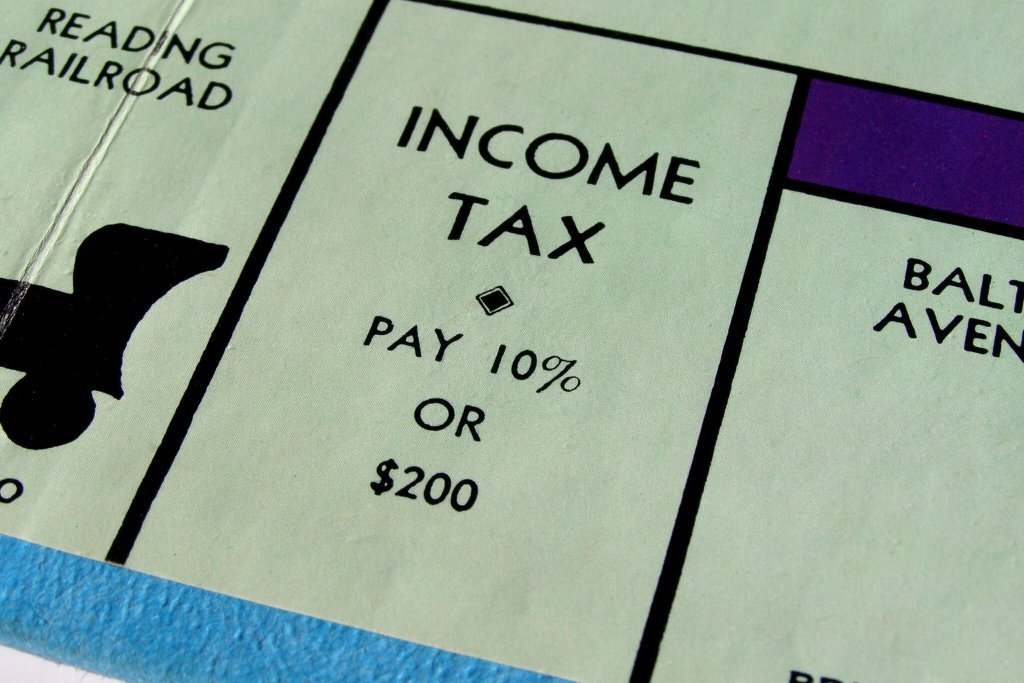Business
6 tips to help you save for retirement
These six tips will help you save for retirement, which is essential to your future, no matter what age you decide to sit back and relax.

It is a wise financial strategy to save for retirement regardless of your age.
At some point, everyone is going to have to face retirement either by choice or necessity. Here are some tips that can help you in your future plans:
Have a 401(k) or 403(b) company match
There are many companies that offer a retirement plan and a company match. If your company offers this, you need to contribute up to the amount that the company matches.
An example of this would be Joe whose company will contribute up to 5 percent of his salary and will match every dollar that he puts in. If he does not put in his 5 percent, he will be missing out on free money in his retirement pot. If Joe earns $50,000 per annum, investing $2,500 will automatically get him another $2,500 from his employer and a tax benefit.
For the biggest benefit for your retirement, you need to contribute the maximum amount. This will increase your retirement pot which is important. Start doing this as soon as possible for the biggest financial benefit. Aside from saving money, your 401(k) may be your biggest ally in future finances.

Contributing to the maximum amount for the company match will boost your retirement fund. (Photo by 401(K) 2012 via Flickr. CC BY-SA 2.0)
Claim double plan contributions
There is a little-known savings opportunity for some teachers, public sector and non-profit employees as well as healthcare workers that allow them to contribute twice as much to their retirement plans. In 2016, these people were able to add $18,000 to their 40(b) and 457 retirement plans. This brings about a total tax advantage of $36,000 in a single year which is something you need to consider.
File for retirement savings credit
If you are a lower or middle-income taxpayer, it is possible to claim a tax credit for up to 50 percent of the contribution made to your retirement plan. Additionally, if you are married and file jointly with your spouse with an adjusted gross income of $61,500 for 2016 or less, you may also be eligible. Of course, you will need to contribute to a qualified retirement plan for this. The maximum credit in 2016 for a couple was $4,000 and $2,000 for a single individual. This will also depend on your income and retirement contribution.
Use the Roth IRA to increase retirement savings
If you are ineligible to contribute to a Roth IRA due to your income being too high, there is another way that you could get in. You will first need to contribute to a traditional IRA, and there are no income ceilings for these non-deductible traditional IRAs. Once the funds have cleared, you will need to convert the traditional IRA to a Roth IRA. This way, the funds in the IRA will be compounded for the future and can be withdrawn tax-free as long as you meet all the withdrawal guidelines.

Some states like Florida, Nevada and Washington do not have state income taxes. (Photo by Chris Potter via Flickr. CC BY 2.0)
There are many high-income individuals who open traditional IRAs and make their nondeductible contributions automatically on a monthly basis to the maximum amount. At the end of the quarter, a full conversion request will be submitted and the entire balance will be converted to their Roth account. It is important that you consider quarterly conversions because this does not allow enough time for taxable gains to accrue in the IRA. The tax implications of the conversion will generally be minimal, but they will be saving compounded amounts which can be withdrawn tax-free later.
Retire in the right state
There are 7 states which have no state income taxes: Tennessee, Florida, Washington, Nevada, Wyoming, South Dakota, and New Hampshire. However, you need to be wary of Tennessee and New Hampshire which do have a tax on dividends and interest. Most states will not tax social security which is good for retirees. Before you pack up and move to retire, you need to look at the taxes in your potential new home.
Self-employed people should take advantage of savings vehicles
A self-employed income will allow you to contribute to a solo 401(k) as well as a Simplified Employee Pension plan. You will be able to contribute up to 25 percent of your net income, up to a set amount each year. If you are under the age of 50, you will also be able to contribute up to a set amount in a solo 401(k) in the role of employee. There is also an opportunity to add more o the solo 401(k) in the role of the employer which increases the amount that you will have available for retirement.
—
DISCLAIMER: This article expresses my own ideas and opinions. Any information I have shared are from sources that I believe to be reliable and accurate. I did not receive any financial compensation in writing this post, nor do I own any shares in any company I’ve mentioned. I encourage any reader to do their own diligent research first before making any investment decisions.

-

 Africa6 days ago
Africa6 days agoForeign Investor Activity in Morocco’s Equity Market in 2024
-

 Markets2 weeks ago
Markets2 weeks agoCotton Prices Firm as Demand Lags and Global Production Outlook Improves
-

 Biotech4 days ago
Biotech4 days agoJohnson & Johnson’s Tecvayli Combo Shows Breakthrough Results in Multiple Myeloma
-

 Impact Investing2 weeks ago
Impact Investing2 weeks agoEU Drops 2029 Gas Boilers Ban but Ends Incentives from 2025 in Shift Toward Cleaner Heating


























You must be logged in to post a comment Login